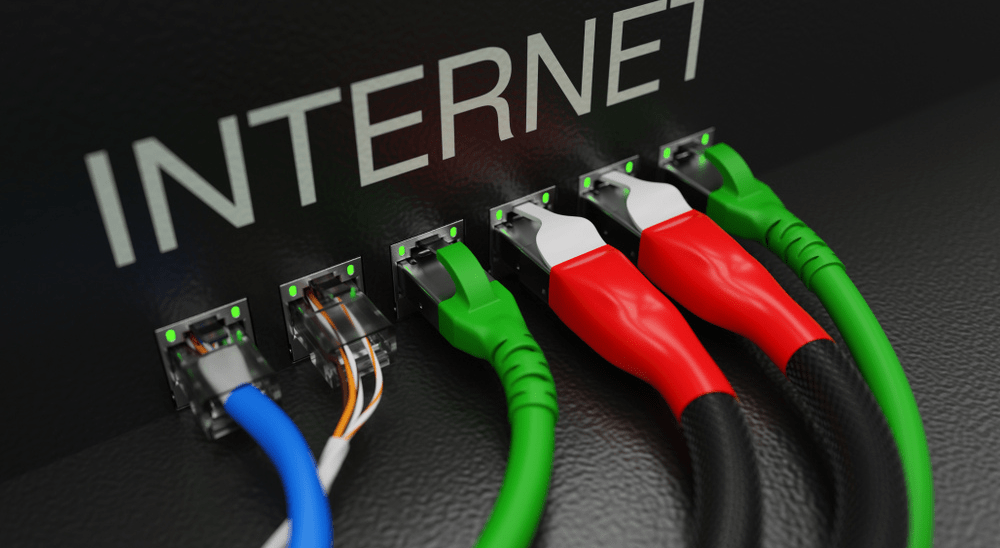Cat5 Vs. Cat5e Vs. Cat6 Which Category Cable Is Better?
Posted : 9-February-2023
To connect Internet ports, routers, and PCs in local networks, category cables like Cat5, Cat5e, and Cat6 Ethernet cables are typically used in home networks.
Although catq5e and cat6 cables have a similar appearance, they differ significantly. This article covers everything you need to know about these cables.
Category 5 Cable:
Cat5 cable, commonly known as category 5 cable, is the most basic type of category cable plenum. It comes in both stranded and solid varieties. Regarding quality data transfer, the robust Cat5 cable is preferable.
The stranded Cat5 cable is a patch cable. Many large applications, like printers, computers, smart TVs, and other household electronics, call for network cables.
Category 5e Cables:
The Cat5e bulk cables are the upcoming stage of high-speed transmission. In 2001, the Cat5e cable was an improved version of the Cat5 cable. These cables feature 24 gauge twisted pair wires with a 328-foot maximum range for gigabit Ethernet.
Cat5e cables are rated at 100MHz and tested at that frequency, indicating that the CPU can process up to 100 million commands per second. A high-speed update of cables that have been in use for more than 20 years is Category 5e.
Category 6 Cable:
Cat6 plenum is an Ethernet-specific twisted pair cable that is backward compatible with Cat5e. It may go as long as 100 meters and supports gigabit networks up to 55 meters.
The purpose of the category cables plenum was to give end-users a high-performance experience with a low signal-to-noise ratio. Utilizing Cat6 is the most effective technique to guarantee that your wired network can quickly advance in the future.
Which Ethernet Cable Is Best To Use And Where?
All the qualities and sizes of category cable plenums are accessible for household and commercial use, whether Cat5e or Cat6. Cat5e is the best option if cost is your top priority and you don’t intend to operate at 10 Gigabit speeds. However, considering the latest trend of category cables, Cat6 is increasingly becoming popular due to its enhanced performance and capability to support higher data transfer rates, making it a preferred choice for modern networks. Soon, it’s probable that the speeds offered by this sort of cable will be quicker than those provided by your home network.
Cat6 is the best choice for the best performance if you’re ready to spend a little extra. It is perfect for transferring large amounts of data, editing video, music, and pictures, and giving more bandwidth.
Conclusion:
Cat5e and Cat6 cables use the same connector to connect to a router or switch panel. The plug is an RJ-45, and each connector is a standard option. Cat6 plenum shielded cable may offer some future-proofing over shorter distances. So, if you’re deciding between Cat6 is the preferable option, especially if you want your network to be future-proof.
Latest Blog
-

Cat5e, Cat6, Cat6a and Cat7: Ethernet Cable Differences and Similarities
Read More -

Category Cable Services in USA
Read More -
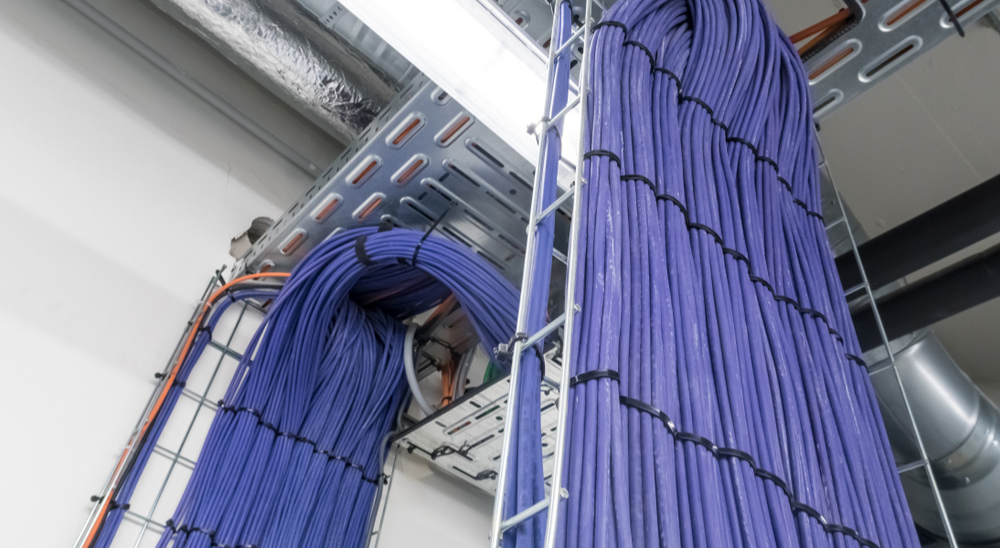
Structured Cabling Standards For Commercial Buildings
Read More -
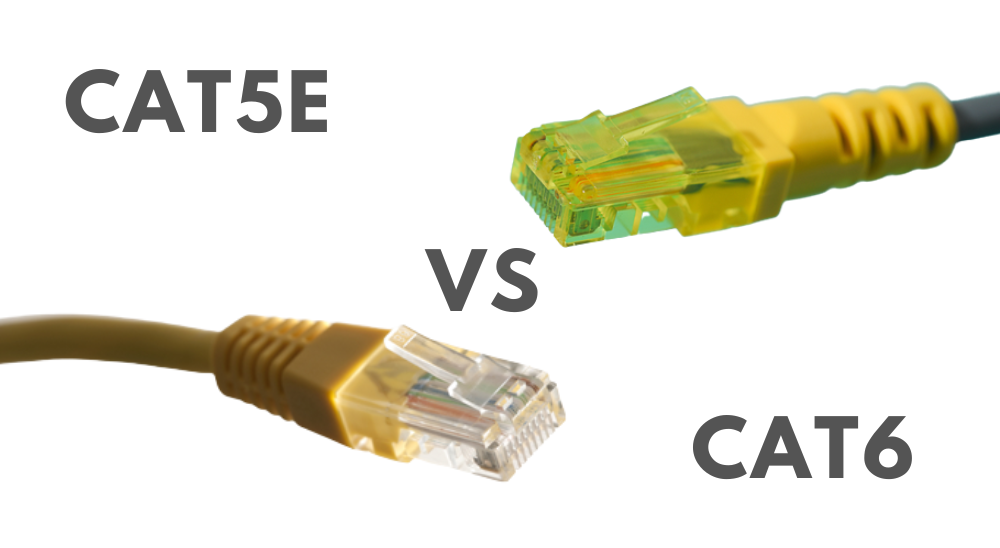
Evolution Of Ethernet Cables: Cat5e vs Cat6
Read More -
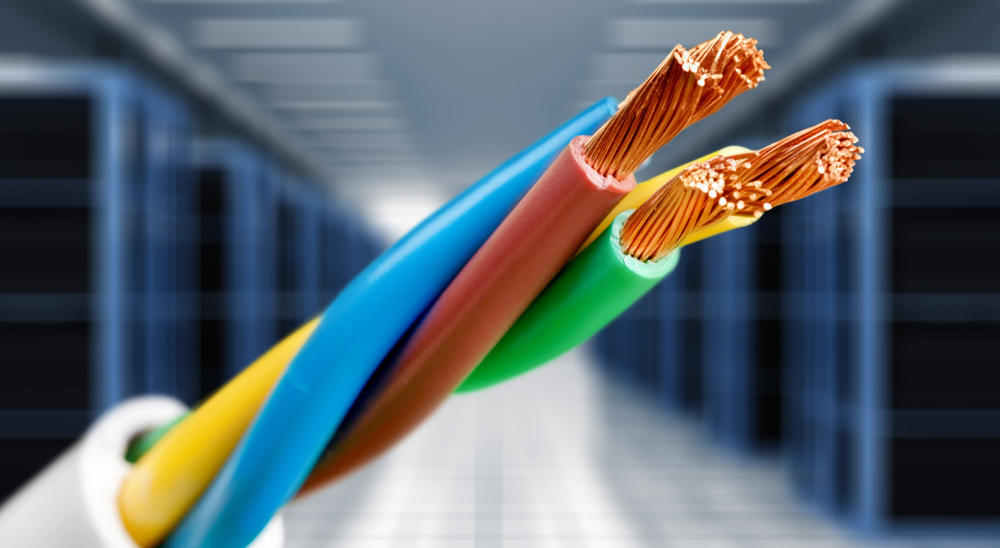
Select the Right Shielded Cable for your Network
Read More -

How To Decide on The Right Cables for Your Business Network
Read More -

What is Category 6 Cable?
Read More -

Why You Should Choose Cat6 Plenum Shielded?
Read More -
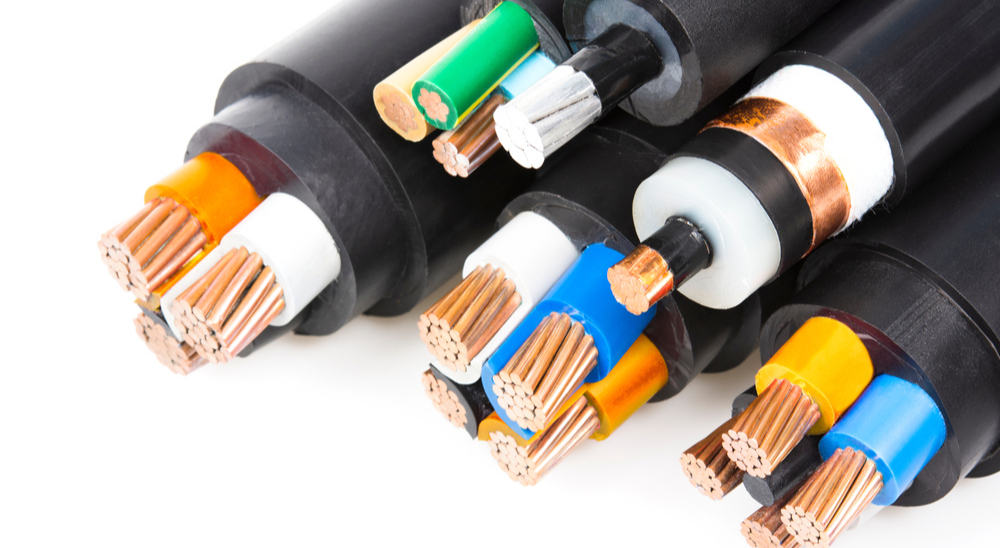
What Is Insulating Material in Cable?
Read More -
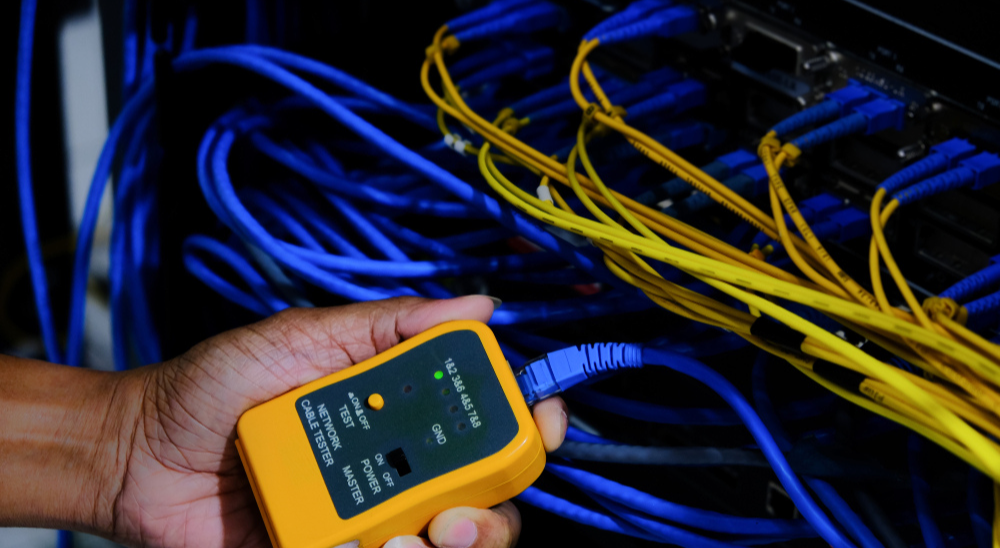
What Are The Cat5e And Cat6 Cable Testers?
Read More
